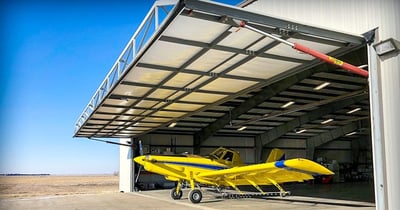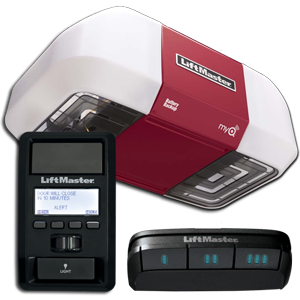Aluminum carport entryways are normally tracked down in business settings and not normal for private carport entryways. Aluminum is regularly just utilized for full-view carport entryways. Aluminum entryways are rust-confirmation and have low support. Fiberglass and vinyl carport entryways are composite units, joining a steel center behind a fiberglass or vinyl skin. They have likewise polyurethane-protected base segments or different kinds of froth protection. These exceptional entryways can match steel garage doors essex , and be a reasonable impersonation of wood (specifically fiberglass units), yet they might be more costly than steel units.
Fiberglass entryways are ordinarily utilized close to the sea where salt water can demolish normal steel entryways. Steel entryways are the most well-known carport entryways in the present market. They are accessible in different sizes and styles, give strength and security, are cost-cutthroat, and may have discretionary protecting worth. Additional strength is accessible with a few layers of stirred steel with a low check number (0.6 – 0.7 mm steel boards). Wood carport entryways offer stylish allure, yet they are high upkeep and might be costly. Low-evaluated wood carport entryways might twist and break without any problem.
Steel Stepped
A typical material for another carport entryway is steel sheet framed or stepped to seem to be a raised board wooden entryway. Steel entryways are accessible in uninsulated, protected, and 3-layer entryways otherwise called sandwich-style entryways. A plan impersonating carriage house entryways has become well known since the mid-2000s, and numerous makers clad the outside of a steel entryway with composite, vinyl sheets, or other trim to provide it with the presence of wood.
Twist Spring

A turn spring offset system containing several solidly wrapped up reveals a steel shaft with interface drums at the two terminations. The entire gadget mounts on the header wall over the parking space doorway and has three support: a center bearing plate with a steel or nylon bearing and two end bearing plates at the two terminations. The genuine springs include steel wire with a proper cone toward one side and a bending cone at the furthest edge. The proper cone is affixed to the center bearing plate. The winding cone contains openings every 90 degrees for winding the springs and two set screws to tie down the springs to the shaft. Steel offset joins run from the roller portions at the base corners of the way to a score in the association drums. Precisely when the entry is raised, the springs unwind and the put-away tension lifts the entry by turning the shaft, consequently turning the association drums, and falling the associations over the kinks on the association drums. Right, when the entryway is chopped down, the associations open up from the drums, and the springs are rewound to full strain.
Life of twist spring
- Carport entryway makers normally produce carport entryways fitted with twist springs that give at least 10,000 to 15,000 cycles and are ensured for three to seven years. One cycle is a solitary opening and shutting succession. Most makers offer a 30,000-cycle spring. Notwithstanding, it is vital to recollect that assuming the heaviness of the carport entryway is expanded by adding glass, extra protection, or even a few layers of paint, the existence of the twist spring might be incredibly diminished.
- Moreover, springs in exceptionally damp conditions, for example, beachfront districts will generally have a fundamentally more limited cycle life, because of the destructive breaking. Different variables like unfortunate carport entryway upkeep, free tracks, or parts abbreviate twist spring life. Proprietors are encouraged to try not to apply oil to carport entryway tracks since that makes the wheels “skate” in the track as opposed to turning on their orientation. Just heading, pivots, and spring wire require grease.

